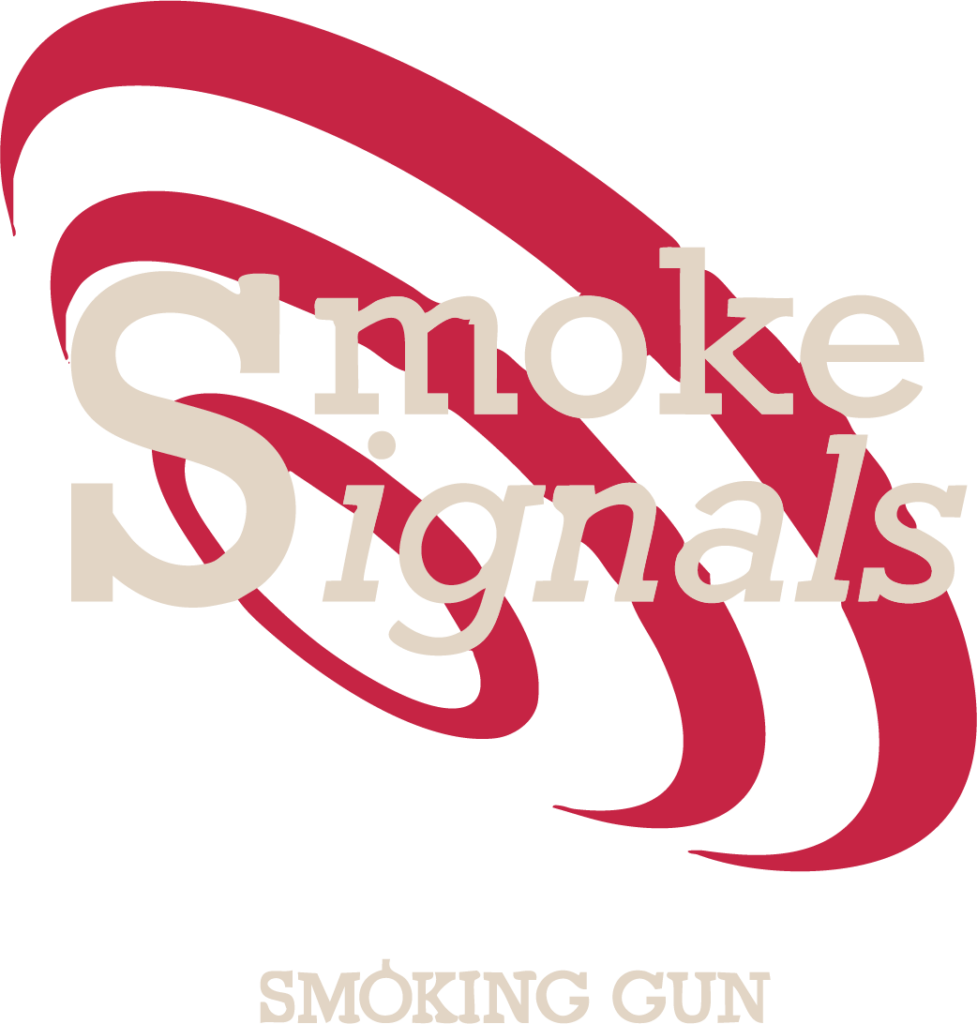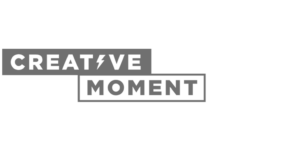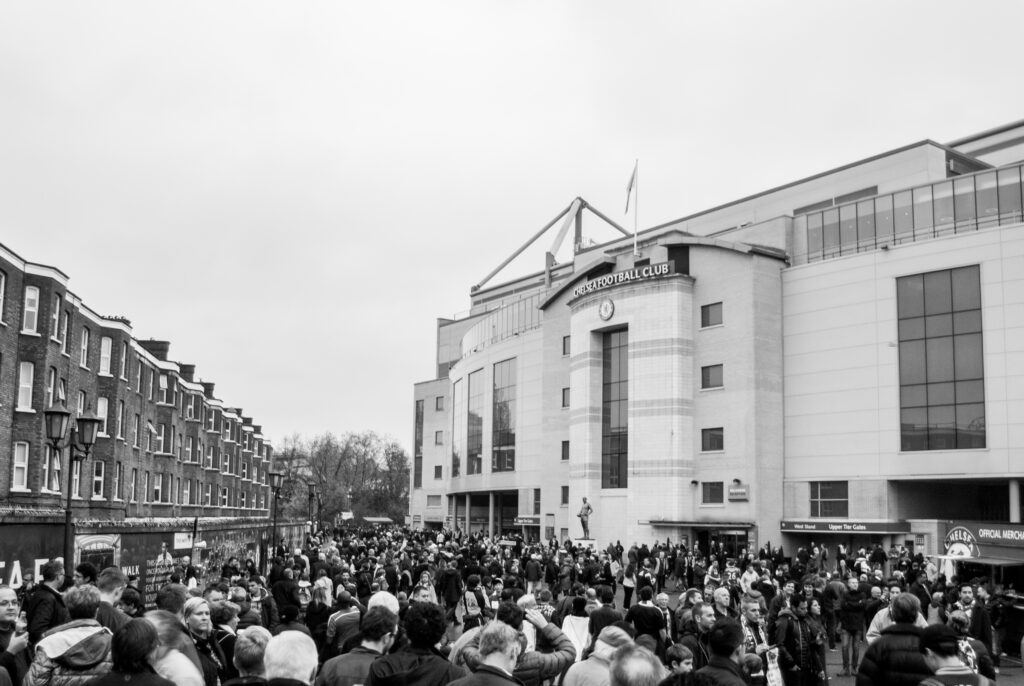
If you’ve given Smoking Gun’s blog even five minutes of your time over the last nine years or so then one thing should be clear. We love insights, stats, numbers and data that can help cut through the social media noise and understand a specific market, trend, or reaction.
More than a few members of our team are football fans, too, so imagine our delight to work with one of our partners, namely Newton Insight— a name we regularly rely on for analytical information— on a report of the English Premier League. Specifically its teams, and their respective social media performance
Perhaps unsurprisingly, here’s how things break down— taking into account fans, followers, activity and engagement…
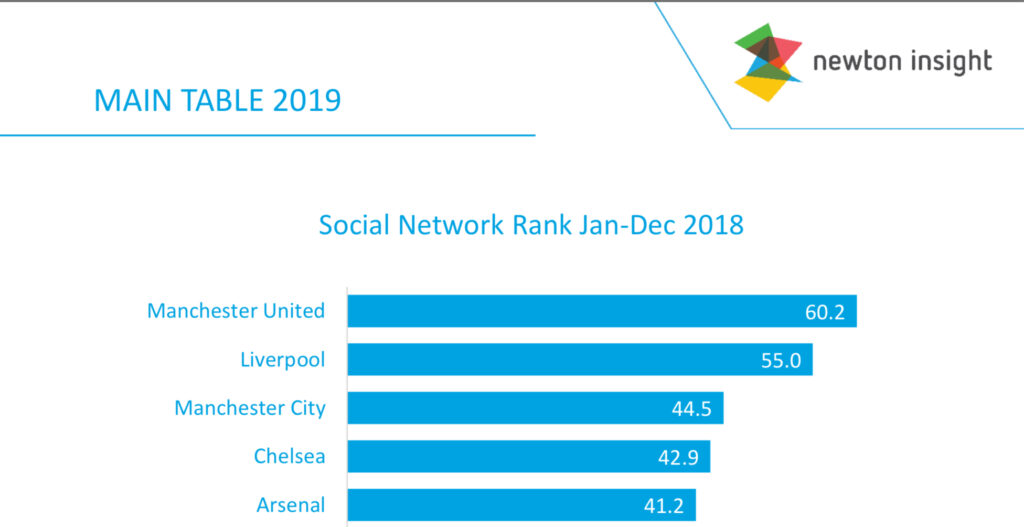
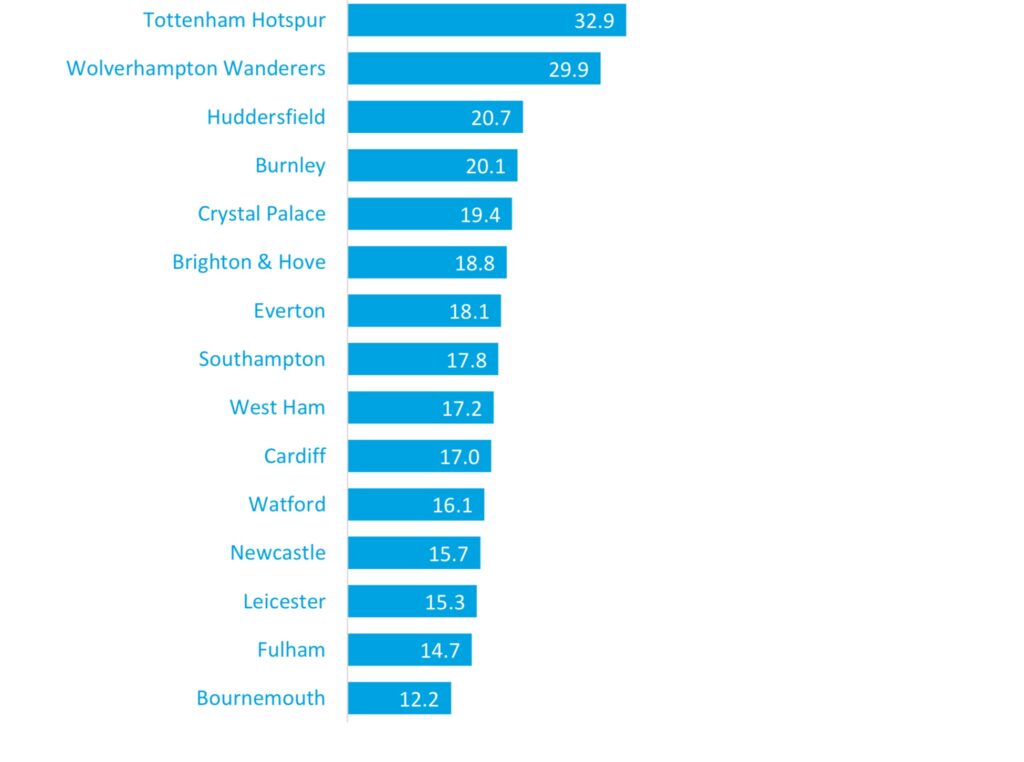
This is all very nice, but I don’t like football and I’m not in a league
Granted, it’s easy to see all this and question why you’re still reading. Not least if the beautiful game means nothing to you. However, Newton Insight’s work is a great example of the research-heavy reports we look to when trying to help brands understand themselves and wider audiences better.
Take this coverage from The Sun, which came off the back of the Premier League report. It clearly shows the satisfaction, anger and happiness levels of fan engagement at every club in the competition. Priceless insights into on-the-ground sentiment towards multi-million pound businesses.
From there it’s possible to develop campaigns that look to either maximise the positivity already there, or appease some of the concerns fans are expressing. None of which would be possible without social media listening, with networks acting as giant microphones, allowing professionals to hear exactly what is being said, by who, and when.
Reading between the lines
It’s always worth remembering our advice when it comes to vanity metrics. Numbers like fans and followers can lead brands into a useless shrubbery maze. However, Newton Insight’s Premier League report offers some standout examples of the kind of social media metrics that can really make a difference.
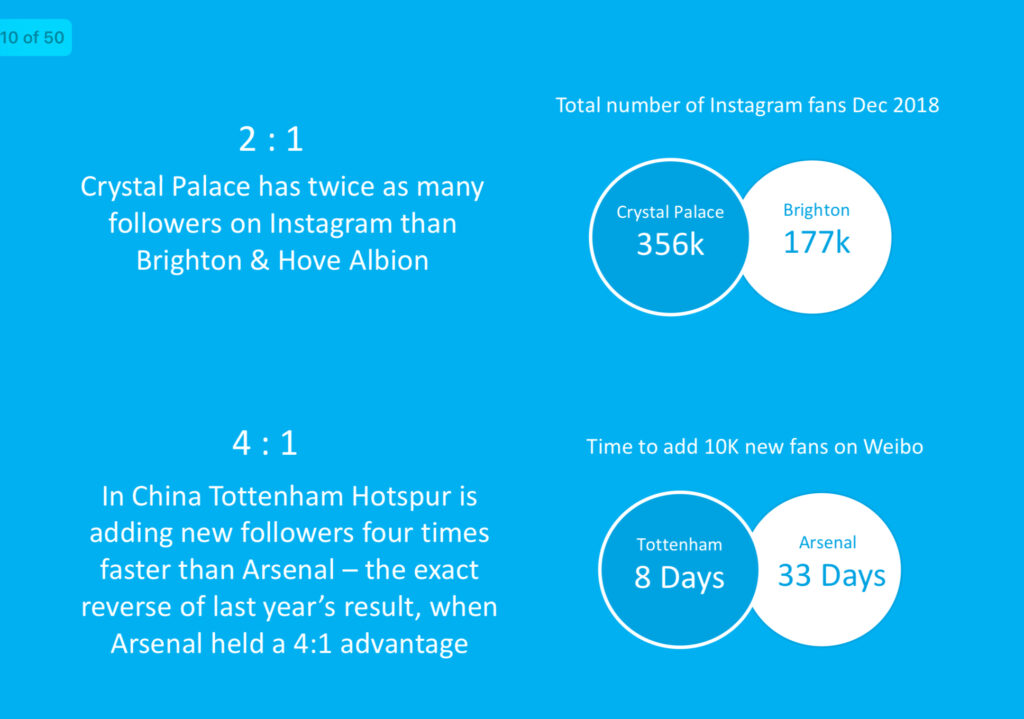
What is Crystal Palace doing on Instagram that Brighton & Hove Albion isn’t? Are the good citizens of the hippiest seaside town in the UK simply less image-conscious than those in London? How have ‘Spurs managed to pull back the China growth deficit to Arsenal in just one season?
Most importantly— now we know these facts, what can we do to improve upon them?
When you start to consider not just what information you have been presented with, but the questions that information brings up, it starts to become clear where you should be looking for concrete answers. In turn those become workable campaign ideas and/or solutions to the real problems facing brands.

